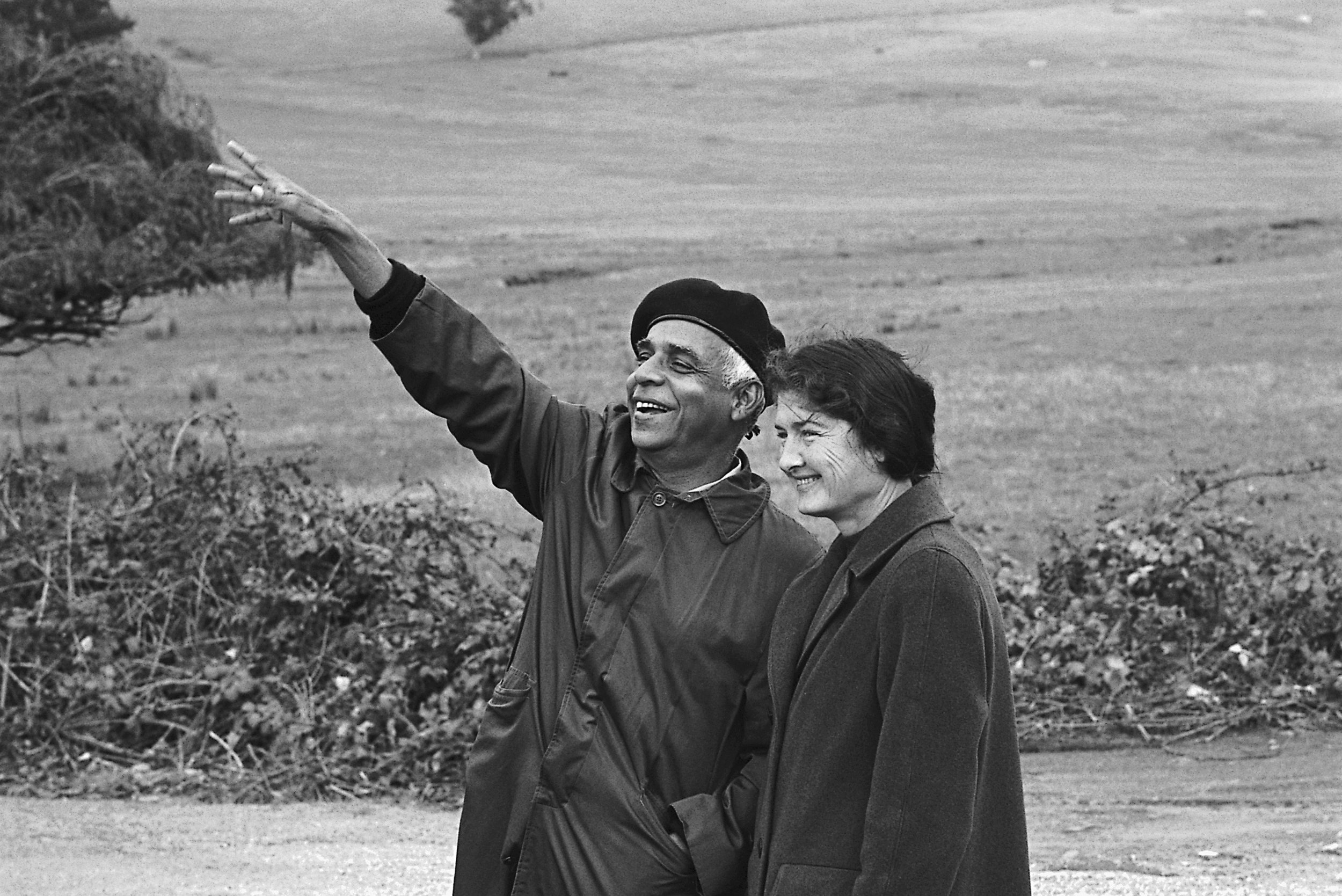This week’s eSatsang reading is pages 69–72 of The Mantram Handbook.* Here Easwaran begins describing the nature of the mind using the metaphor of the sea:
“Below the surface level of consciousness, what storms rage! Here are our deep-seated fears and hostilities, our cravings and conflicts. These are the deep divisions in our consciousness which make it difficult for us to concentrate, difficult to be loyal and steadfast. Often these divisions are at the root of serious physical ailments. They come to us in our sleep as nightmares, and all too often they plunge us into depression. Such storms sap our will and our vitality.”
The mantram, Easwaran explains, is that which enables us to cross the sea of the mind. With this tremendous support, he assures us, we can control the mind and access the immense reserves of will, loyalty, patience, compassion, and love we have deep within us.
Is there a tip in this reading that is particularly challenging for you? How will you wrestle with it this week?
We have experimented with many different mantram-deepening exercises over the past few months, and last week we each chose an exercise to repeat that we found particularly helpful. Now briefly reflect and choose an exercise you found particularly challenging, and work on that again this week.
For a spiritual entertainment boost, here is a brief video of Easwaran speaking on the topic of gentleness. “I have lost the capacity to think negatively,” Easwaran says in this short clip. “With that, a great load falls away.”
* For those using electronic versions of The Mantram Handbook with different page numbering: this week we are reading from the start of Chapter Five and ending before the subheading “The Barrier Between the Conscious and the Unconscious.”























